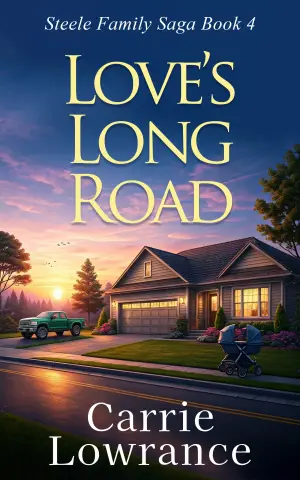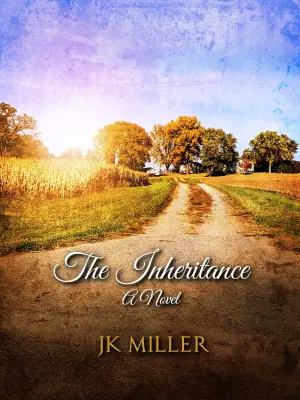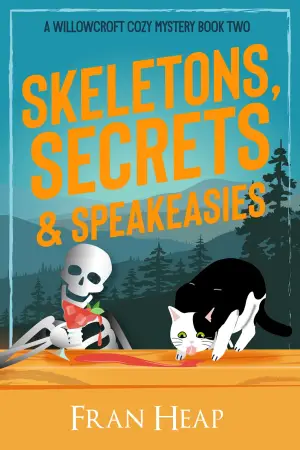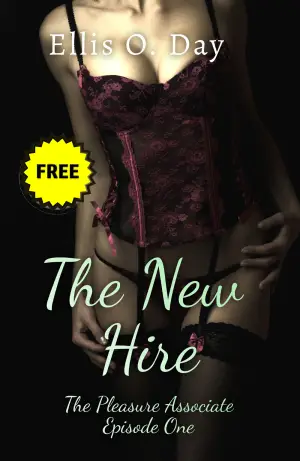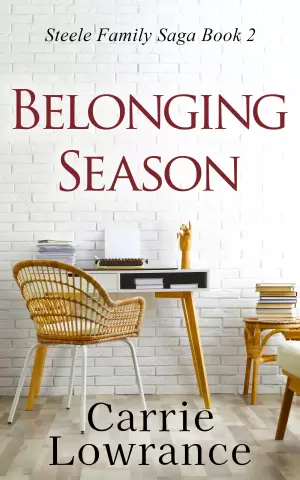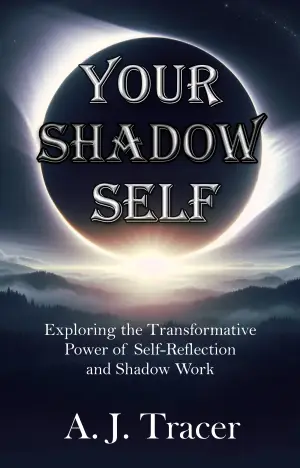A Journey into the Devil’s Half Acre: Unraveling Mysteries in 1890s New Zealand
The allure of “Murder in the Devil’s Half Acre” by Rose Pascoe intrigued me from the very first glance. As a lover of historical mysteries, especially those set in the Victorian era, the promise of a fierce female protagonist and a gritty backdrop of social upheaval felt like just the right blend of excitement and challenge. This is the first book in the Penrose & Pyke Mysteries series, and I was eager to see how it would set the stage for what’s sure to be a captivating journey.
From the opening pages, I was transported to the heart of a tumultuous industrial landscape in 1890s New Zealand. Grace Penrose, our tenacious and passionate heroine, is determined to break barriers as she aspires to become the first female doctor in the colony. The setting—a notorious sweatshop aptly named the Devil’s Half Acre—paints a vivid picture of the era’s struggles, showcasing the underbelly of progress amid a whirlwind of labor strife and societal inequities. Pascoe excels in illustrating these realities without steering too far from the pulse of a gripping mystery.
As I navigated the plot, I was quickly drawn into a multifaceted web of intrigue. The narrative—the backdrop of a death in an alley, a factory accident, and whispered rumors of a serial murderer—unfolds at an exhilarating pace. It becomes clear that the stakes are high, particularly as Grace teams up with Constable Charlie Pyke. Their chemistry—muscle and intellect at odds yet blending harmoniously—carries the story forward with a delightful mix of tension and camaraderie. Readers are given a real treat as we observe Grace assert herself in a male-dominated world, showcasing wit, bravery, and a heart that stands resilient against the grim realities around her.
Pascoe’s writing style is a joy to read; it is fluent yet rich in detail, drawing me ever deeper into the world she has crafted. I particularly enjoyed the way she interwove personal dynamics with broader social commentary, ensuring that our characters were not just vehicles for the plot but fully fleshed-out individuals facing their dilemmas in a riveting historical context. A particularly memorable moment came when Grace, confronting entrenched misogyny, declared, “In a world where women are seen and not heard, I will raise my voice.” It’s a statement that echoes long after the page is turned.
As I reached the final chapters, I was pleased to see not just a well-resolved mystery, but also the thoughtful exploration of class disparities and women’s rights—issues that resonate just as strongly today as they did over a century ago. The twists and turns kept me guessing, and the emotional depth within the narrative captured my heart.
This book is a gem for anyone who enjoys historical mysteries, strong female leads, and well-woven plots that don’t shy away from tackling hard-hitting themes. I recommend “Murder in the Devil’s Half Acre” not just to fans of cozy mysteries but also to those looking for a captivating story that challenges societal norms while providing a healthy dose of intrigue.
In closing, Pascoe’s inaugural entry into the Penrose & Pyke Mysteries series left me eager for more. I found myself not just entertained but enlightened and delighted—a combination that rarely occurs in any genre. If you’re looking for a book that melds mystery, historical depth, and beautifully drawn characters, look no further. Dive into the chaos of the Devil’s Half Acre; I promise, it’s an adventure worth taking!
You can find Murder in the Devil’s Half Acre (Penrose & Pyke Mysteries Book 1) here >>



